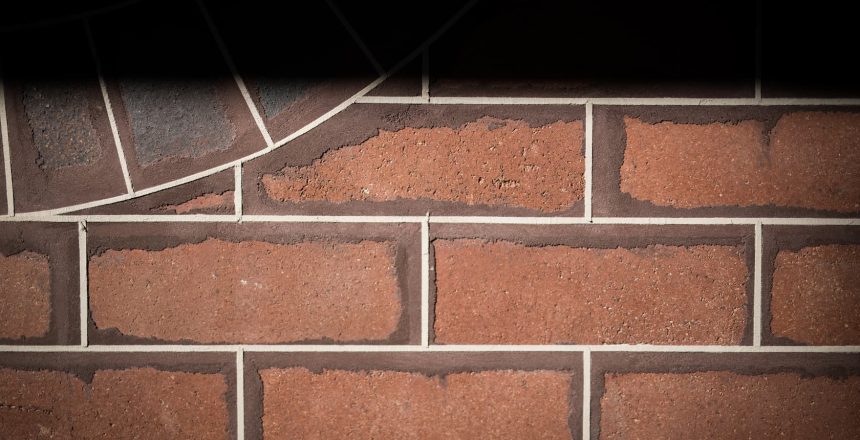Brick is one of the most durable building materials, typically lasting up to a century. However, because mortar has a shorter lifespan of about thirty to forty years, every brick building, structure, or edifice is prone to cracks, degradation, and water seepage, especially due to age or harsh weather conditions. As a result, it might require some assistance to remain in good shape and maintain the structural integrity of the building efficiently. Therefore, tuckpointing is one repair you should consider.
Tuckpointing is a maintenance procedure involving removing deteriorated mortar from brick joints and replacing them with new mortar that highlights the aesthetic nature of brick exteriors.
Benefits of Tuckpointing
Maintenance of Structural Integrity
Every structure carries a certain amount of weight efficiently, and this weight is distributed equally among the pillars, walls, and everything in between. As important as the bricks in a structure’s walls, a healthy mortar is also critical for the weight distribution on the structure dragged by the force of gravity.
When the mortar fails, some parts of the building will feel more weight than usual and, if not addressed immediately, can cause cracking, bulging, or even collapse. Tuckpointing helps restore the original ability of the mortar, maintaining the building and its structural integrity.
Aesthetic Value
Tuckpointing improves the exterior appearance of your building and its structural integrity. As a result, it is unnecessary to wait until the mortar deteriorates before performing this maintenance. It is especially important if you want to sell your property because buyers are far more drawn to well-maintained exteriors.
Sealing Effect
Mold growth (which is a very delicate case), rotting woods, rust caused by moisture, and possible ant intrusion in your property are all activities you should always consider.
Tuckpointing must be done to help seal gaps that allow these unwanted activities in your property, and not only for renewing the beauty of your property.
How Do You Know if Your Home Requires Tuckpointing
Your home or property requires tuck-pointing when the mortar shows signs of crumbling, bulging, cracks, or even flaky white spots. When your bricks are clean, it is easier to tell. So, it is recommended to wash the surface for a more accurate inspection. Also, if you have water seepage problems in your building, it could be a sign that tuck-pointing is needed.
However, it is important to keep in mind that cracks in bricks and mortar might not always result from natural aging. The presence of cracks in bricks could indicate that the foundation of the building is weak, shifting, or faulty. It is also very important to keep in mind that tiny cracks on the wall, such as hairline cracks, do not always indicate that the structure requires tuck-pointing.
For assistance with the inspection, you can get in touch with DC Byers in Grand Rapids at 616-538-7300. DC Byers are specialists in masonry with many years of experience with Tuck-pointing procedures and will confidently assist you in repairing your walls and structures. Our experts will confirm the damage and suggest the best course of action.
Remember, if you let the mortar deteriorate without repairing it, you will most likely need to spend more money on brick repair or a total renovation when the building collapses. Experts at DC Byers in Grand Rapids are always available to assist you with all your tuck-pointing needs. So, call 616-538-7300 to make an appointment.
